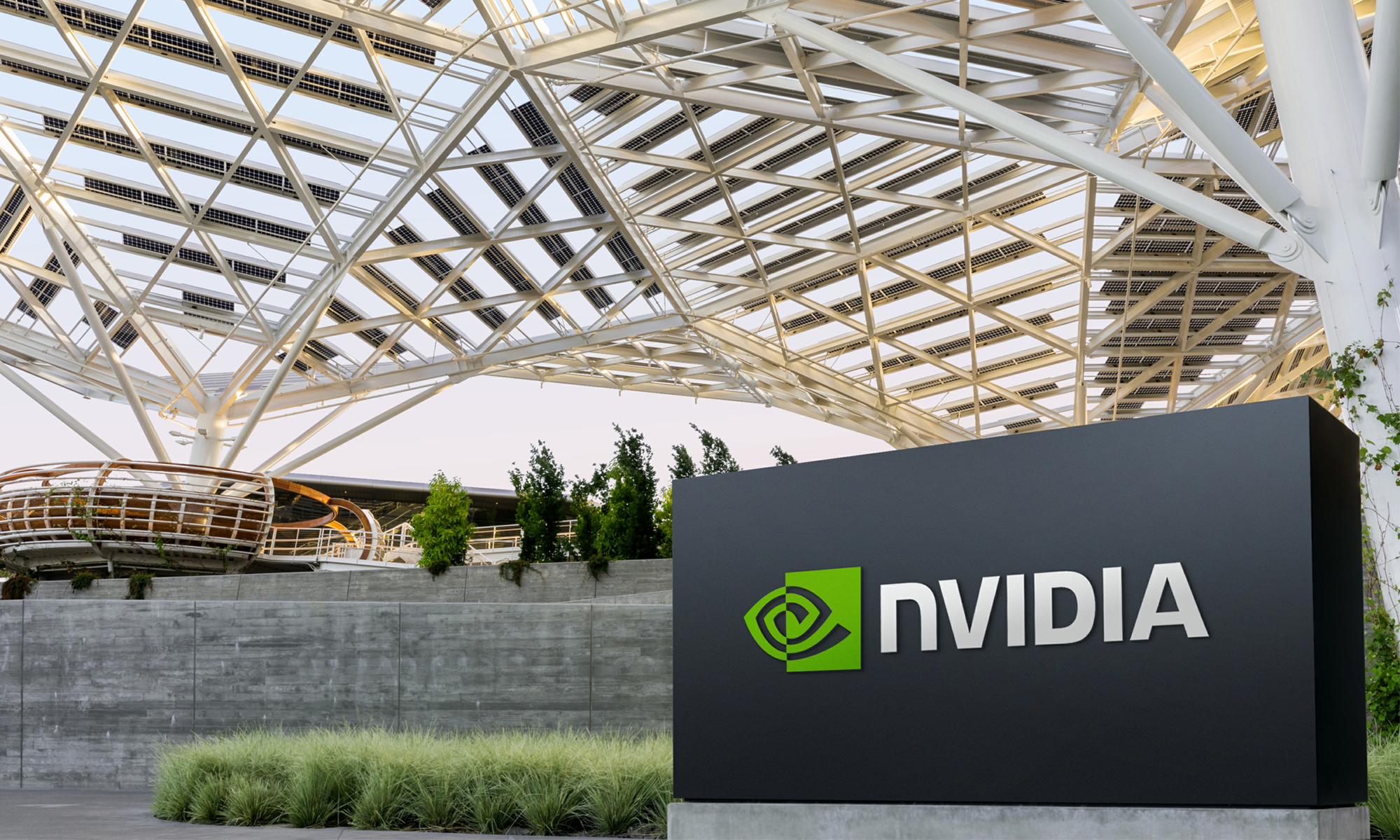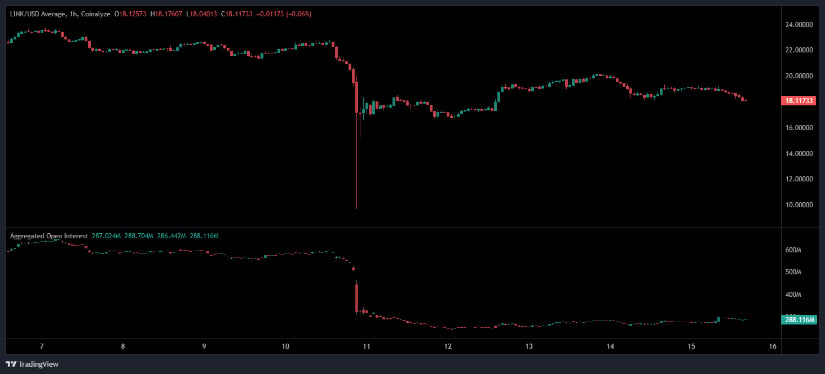Avoiding Investor Pitfalls: Understanding AI Growth in a Confounding World

The market’s tumult was no mere happenstance; rather it was incited by the U.S. government’s insistent threats of imposing a further 100% tariff on imports from China, a gesture ostensibly made in retribution for China’s imposition of stricter controls over the rarer and more enigmatic elements necessary for the manufacturing of tools such as magnets and other artifacts indispensable to the thriving domains of semiconductors and artificial intelligence.






